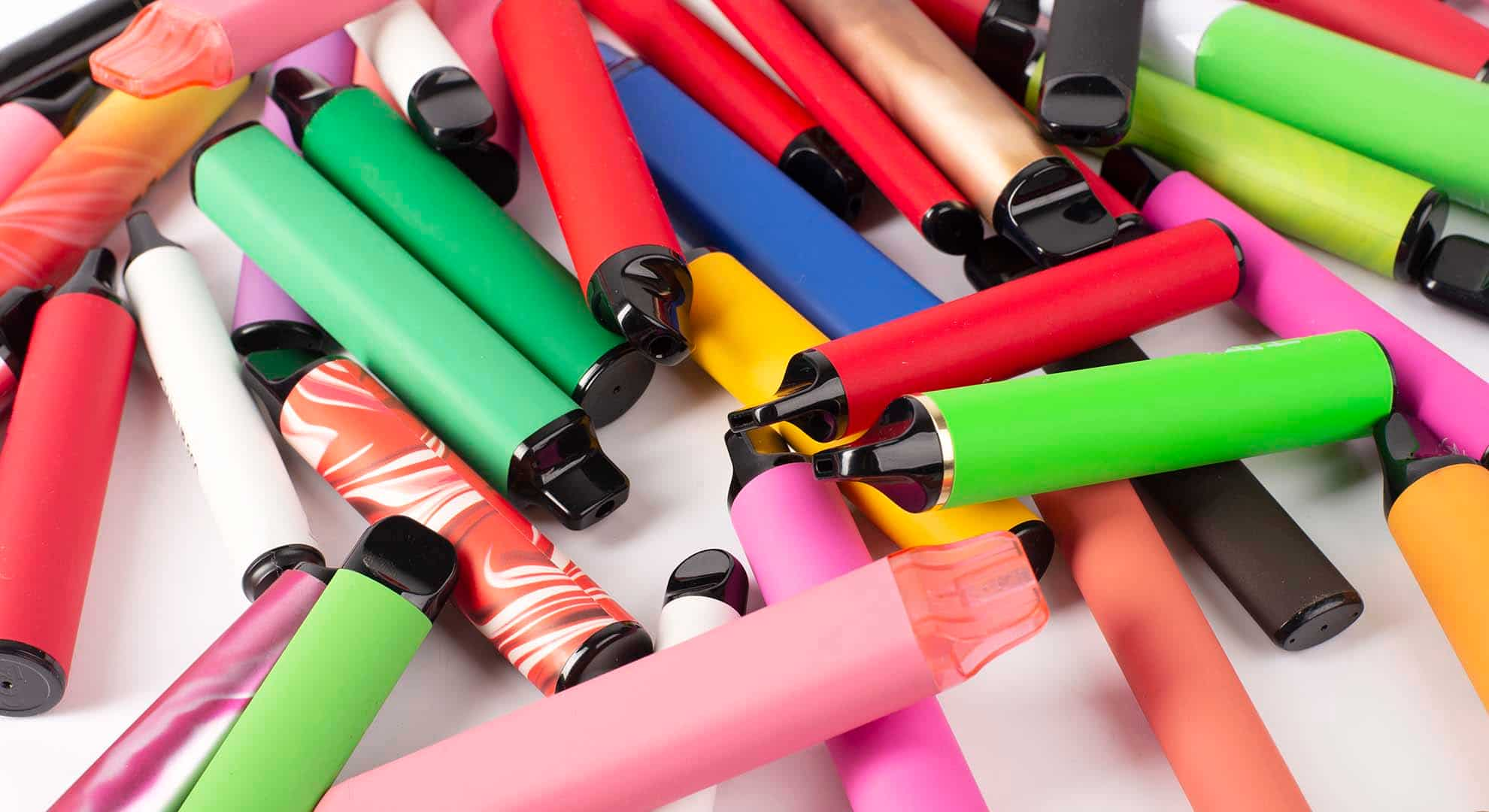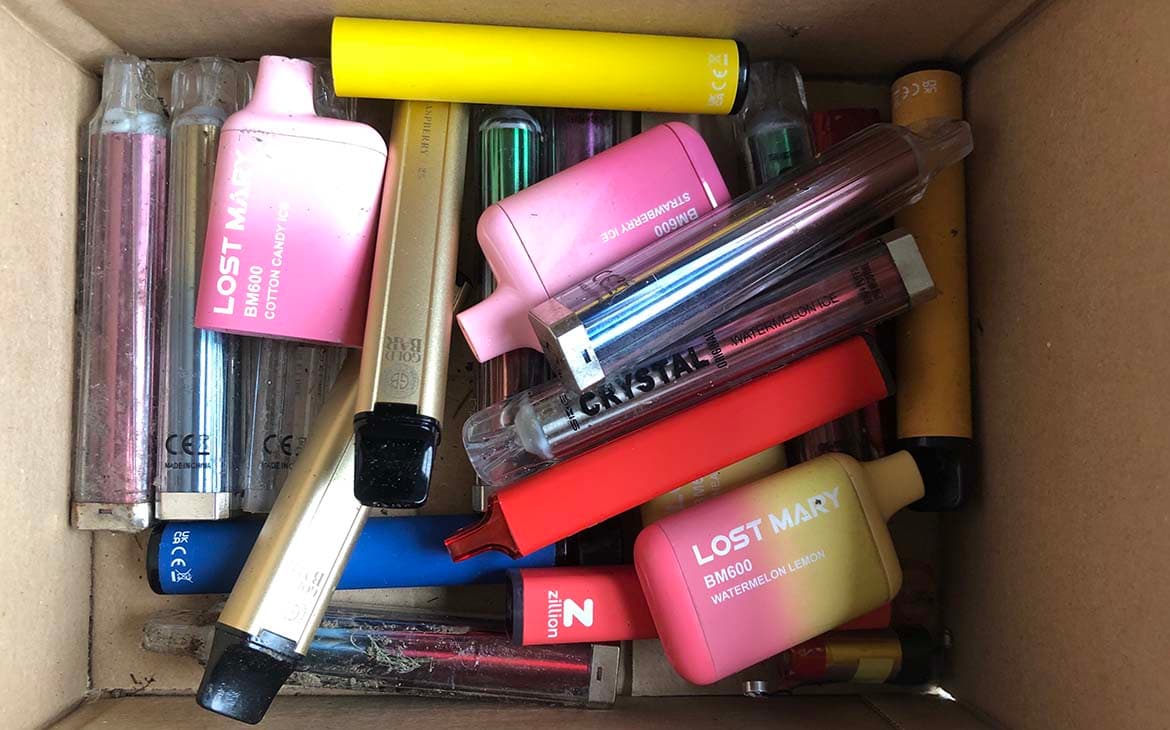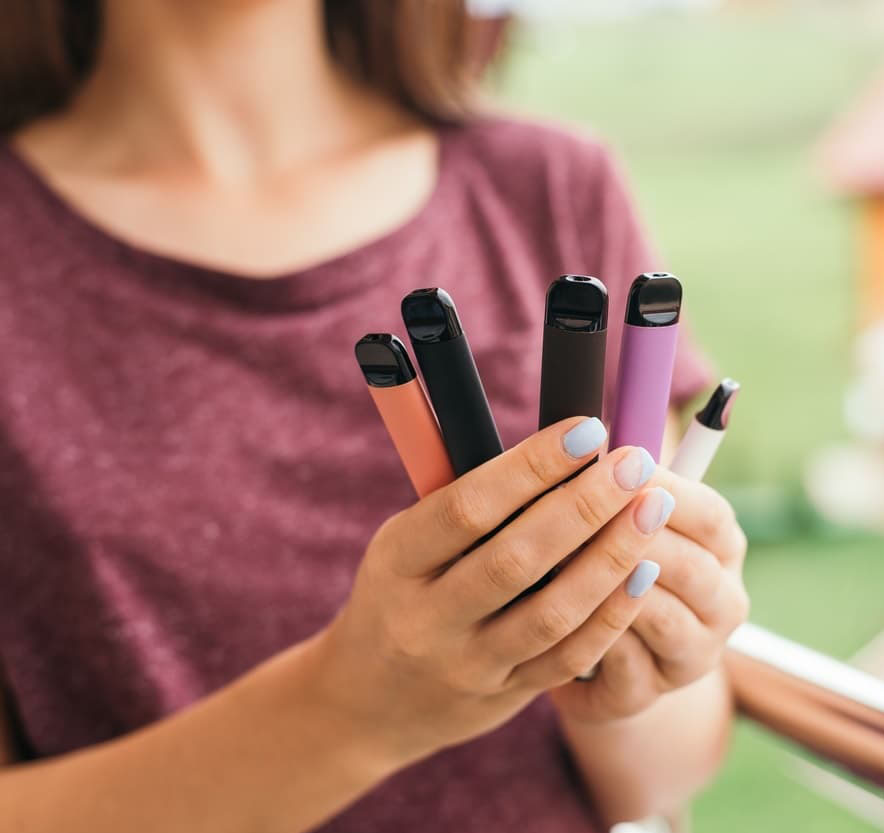
Disposable vapes: Changing our throwaway culture
Earlier this year during the course of a single walk through an idyllic Dundee, the environmental campaigner Less Waste Laura found more than 50 disposable vapes strewn in the streets.
Alas, her experience was not a one-off. Tens of millions of these devices are consumed in Scotland each year and, according to our latest analysis, around 10% of them end up littering our streets.
And it’s no mystery why. One reporter who tried to recycle her disposable vape described the experience as like “falling down a blueberry smoke-filled rabbit hole”.
Many shops that sell these single-use items don’t take them back, and many need to be prised open and disassembled by the user before they can be properly recycled.
The environmental impact of single-use vapes
Upon publishing our report about the environmental impact of single-use vapes, it occurred to me they are a prime example of everything that needs to change if we are serious about ending our contribution to both the climate and biodiversity crises.
We currently operate in a linear economy - where products are built without fully considering their potential longevity, instead leading us to “make, use, dispose” of items once we’re done.
As a consequence, we see litter in our streets and green spaces, and valuable resources being lost forever.
If we’re going to address the climate crisis and bring an end to the overconsumption that’s pushing our planet beyond breaking point, then we really must do better.

Embracing a circular economy
One way we can do this is by embracing a circular economy, where items are designed smartly with their whole life cycle in mind, re-using and repairing to extend their useful life, and then when one phase of their life is deemed over, repairing, re-using, upgrading or remanufacturing to create new products from old.
For starters, businesses should consider how the products they sell can be reused or recycled.
Manufacturers should also be looking critically at the materials they use, opting for sustainable or circular resources rather than virgin materials that put unnecessary strain on our planet.
All firms should collaborate with supply chain partners and others to ensure circularity is embedded into all aspects of their enterprise.
Working together to create a sustainable future
It’s important to recognise these are not just hopeful ambitions. We know that our businesses, our entrepreneurs, our scientists and our universities have the capabilities and the expertise to imagine and design new products and systems which could reduce the environmental harm of our throw away society – in many respects they just need the encouragement.
It has now been confirmed that all four nations of the UK, including Scotland, will ban single-use vapes from June 2025.
The Scottish Government will soon publish the Circular Economy and Waste Route Map, a strategic plan to achieve Scotland’s zero waste and circular economy ambitions and to contribute to wider net zero ambitions.
Meanwhile Scotland’s Circular Economy Act, which was passed unanimously by ministers in June 2024, offers a pivotal guiding framework for a more sustainable, regenerative, and restorative economic system.
Government policies, regulations and economic incentives will go a long way to shaping the future we want. Increased investment in circular innovation and business support will also be needed to create the right environment for a circular ecosystem to thrive.
But government alone cannot make all the changes necessary. Businesses and citizens also need to do their part.
That means making tough decisions about what we all buy, sell and consume, and many products – not least the single-use vape – will need to be either redesigned or dropped entirely to be fit for a more sustainable, circular future.


